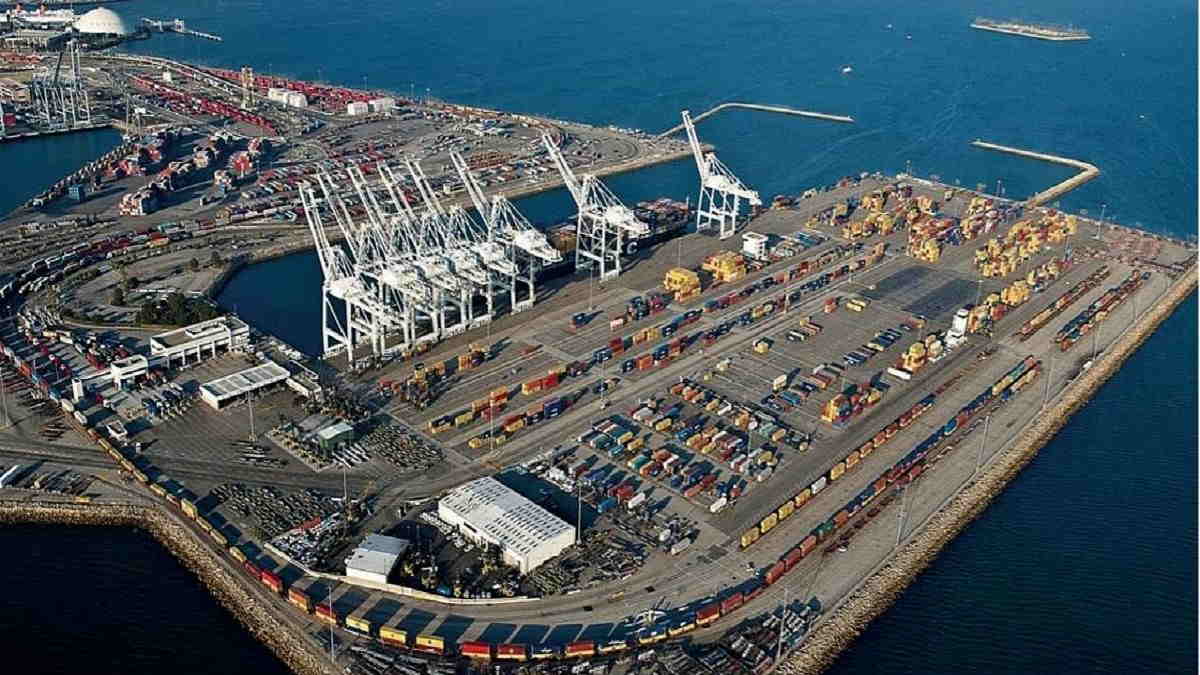India’s bid to provide a realistic counterweight to Gwadar and weaken the Beijing sponsored China Pakistan Economic Corridor (CPEC) has grown perceptibly stronger, with several landlocked countries agreeing to join the Chabahar route.
Earlier this week, India and Iran celebrated Chabahar day, to flag the Iran based Chabahar port, a marker in the Indian Ocean not far from Gwadar, the starting point of CPEC. More importantly, the celebrations included the significant presence of representatives from key Central Asian states including Uzbekistan and Kazakhstan, the two regional heavyweights. Specifically, transport minister of Afghanistan Qudratullah Zaki, Armenia's Infrastructure minister Suren Papikyan, Iran's Minister of Roads Mohammad Eslami, Russia's Deputy Minister of Industry Oleg N Ryazantsev, Uzbekistan's Deputy Minister of Transport Choriyev Jasurbek Ergashevich and India’s Minister of State for ports Mansukh Mandaviya were present at the virtual meet which was addressed External Affairs Minister, S. Jaishankar.
The move is part of the new great game for influence between India and China, which are going head- to- head to undermine each other’s influence in a broad arc starting from Southeast Asia to the energy rich gulf and South Asian countries in between. To compensate for the economic asymmetry with China, India is bonding with Japan, Australia and the United States especially in the Indo-Pacific zone—an area identified by the sea-space on either side of the of the Malacca straits—the vital link between the Indian and the Pacific oceans.
Read also: India and Iran Signal Revival of Ties with Chabahar Port as Focus
The battle for influence between the two has now escalated in Iran, a pivotal state, that has been actively wooed by China, which has offered to pump in billions of dollars to draw Tehran in its strategic orbit. But the geopolitical pivots shifting with the arrival of Joe Biden at the White House, who is likely to draw Iran out of the doghouse of international isolation to counter China, the chances are the US may back India’s Chabahar forays to counter the threat of China’s growing influence in Iran. It is expected that the fiercely independent Iran, may play the balancing act between China and the US, with India poised to play the role of a swing player in the uncharted dynamic.
Amplifying its strategic autonomy, it is unlikely that the India will drop its activism in the Gulf zone, leveraging all its vectors, including the influence of Americans and Russians to counter the rise of Sino-Pak influence in the region.
Unsurprisingly, during the Chabahar ceremony, External Affairs Minister S. Jaishankar proposed the integration of the Chabahar Port with the International North South Transport Corridor (INSTC). A seamless cross-linkage will substantially amplify trade volumes. Once this happens, Iran’s port of the Bandar Abbas in the Gulf which is the fulcrum of the INSTC will supplement Chabahar, greatly augmenting India’s linkages with Eurasia. From Bandar Abbas, the INSTC extends to Bandar Anzali, an Iranian port on the Caspian. Trade cargoes from Bandar Anzali can then be shipped to Astrakhan on the Russian side, which is interlinked with several routes, including ones that head towards Armenia, establishing a new corridor between Caucasia and India.




















